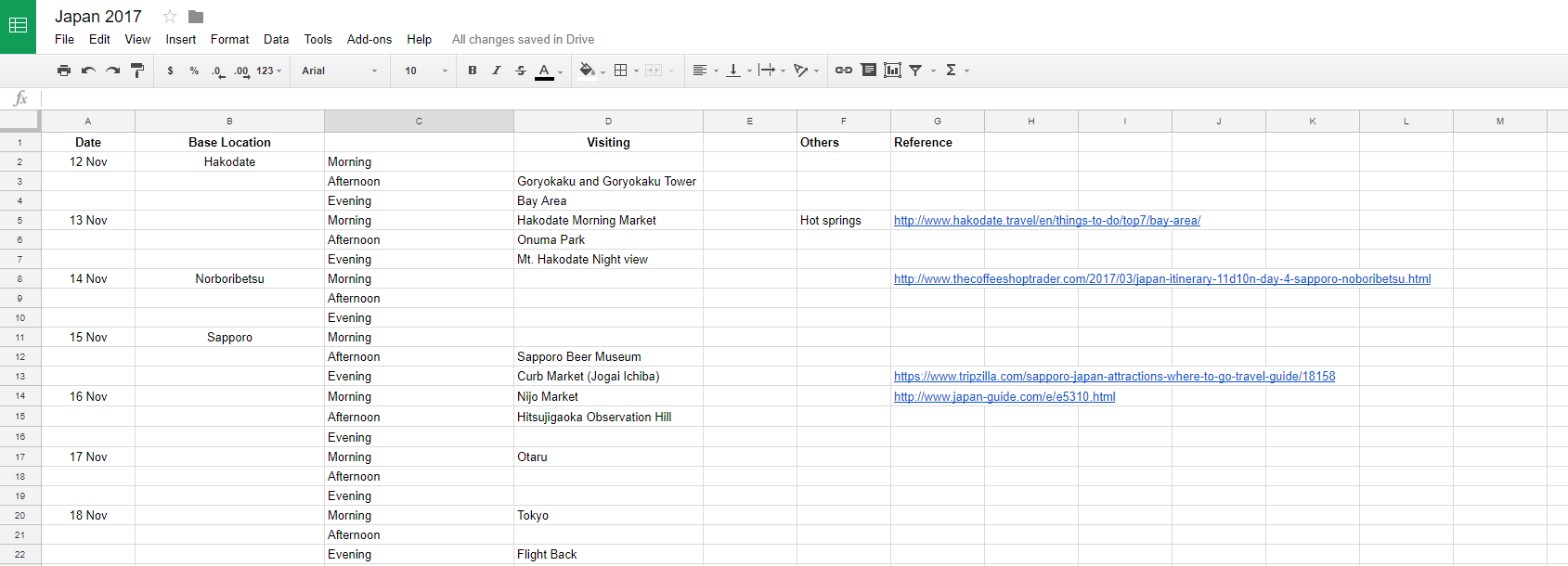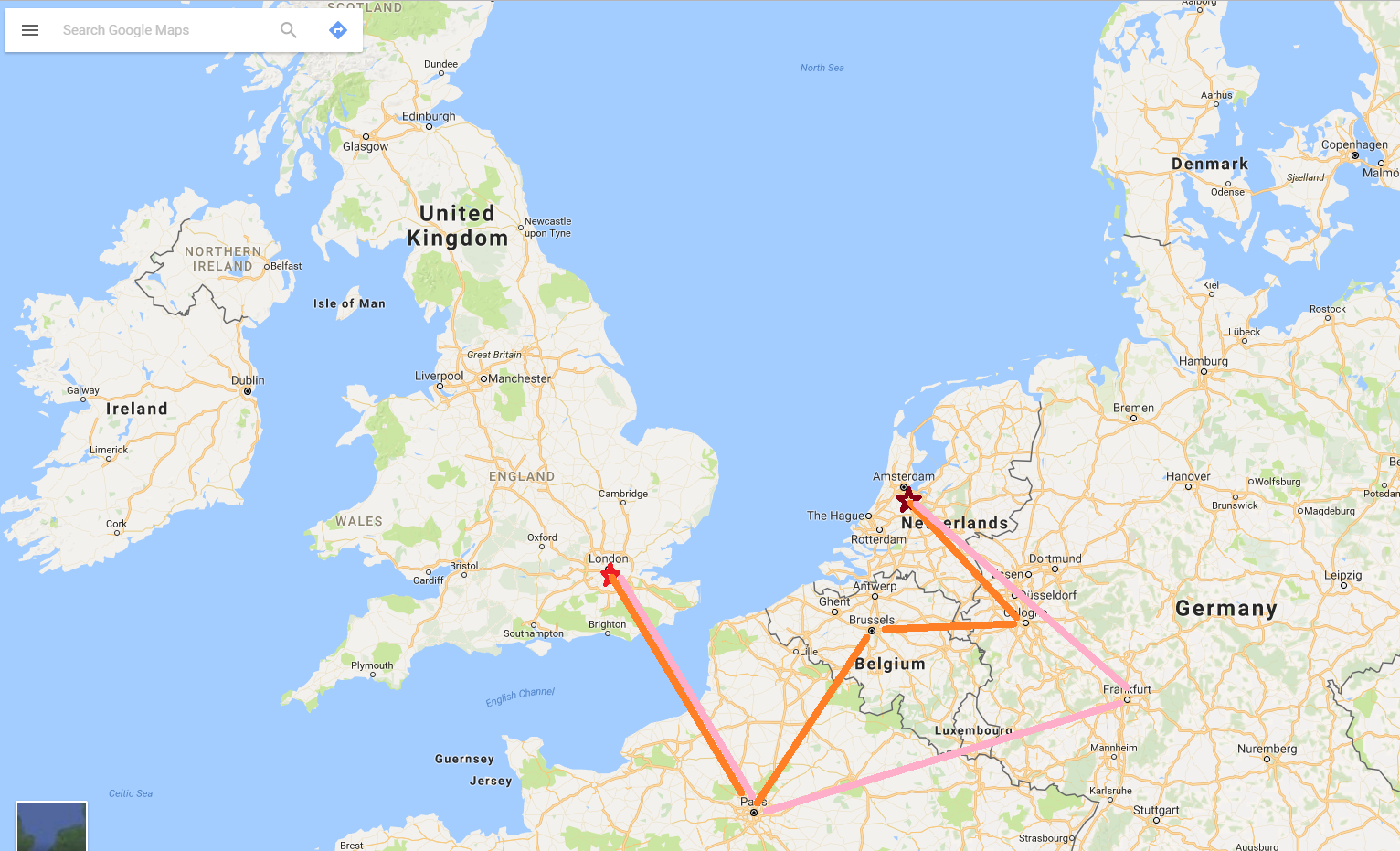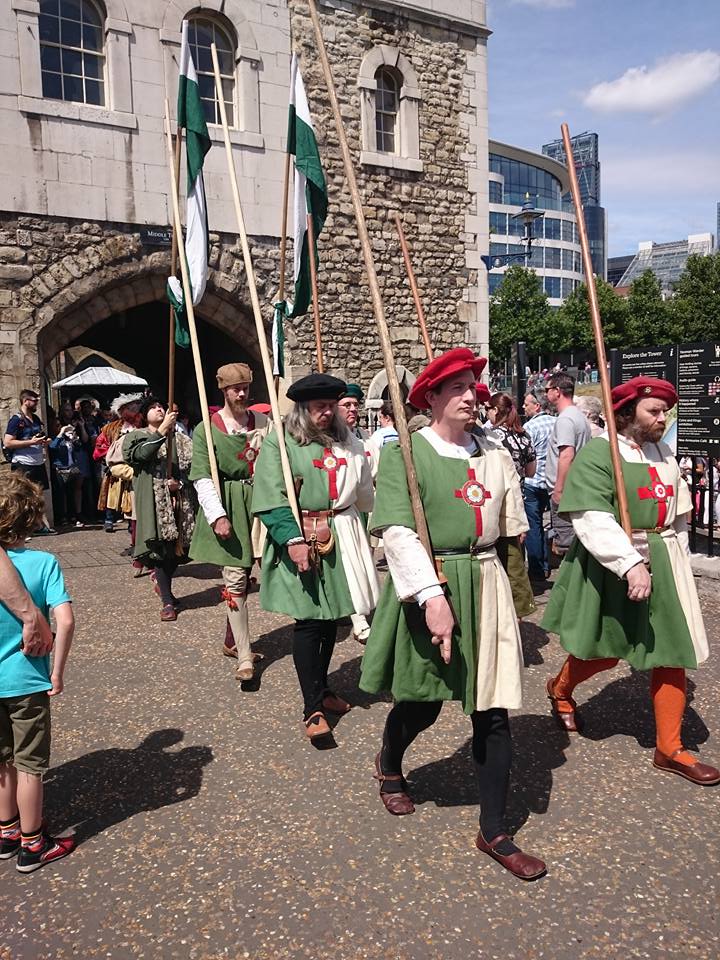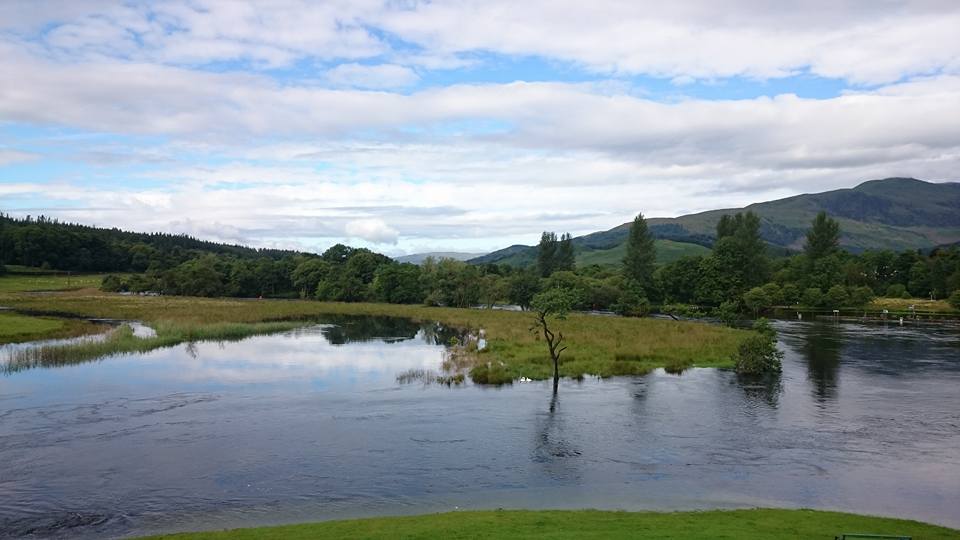Planning a travel itinerary
This article focuses on itinerary planning and covers useful tips on how to plan a memorable itinerary covering all your must-sees.
Okay, you have gotten your tickets booked. What is next? Let me guide you through some simple steps on how you can start planning an itinerary that will make your friends envious.
Step 1 – Don’t panic! Go start up that dusty excel program you last touched ages ago. My suggestion is to create a table that you are comfortable working with. It can be as detailed as you want it to be (down to half an hour blocks – which would be helpful if you want to be precise in planning for example train timings). Or it can just be a simple table showing just the different days you are travelling broken down into 3 time blocks each day (i.e. morning, afternoon, evening):

Step 2 – Start filling up that table! Start big before diving down into the details.
Start Big – Fire up google map and look at your start point and your end point. Consider which other cities you would like to visit. For a new traveller, one safe way is to look out for the “bigger” cities which would tend to have more attractions or can be a base for your side trips into the countryside. As a start, you can allocate a few days to each city you would like to visit (this is just preliminary and is subject to changes as you go into the details). This is the most important part of the planning as it would set the stage for your entire trip and the different cities you will visit.

Here, the initial point of entry is London and the end point is Amsterdam. Possible itineraries include those marked by the different coloured lines (London – Paris – Brussels – Cologne – Amsterdam / London – Paris – Frankfurt – Amsterdam). Remember this is just a rough idea of where you might want to go and would not include the specifics. For example, the Frankfurt leg of the journey would not just include the city itself but also the nearby areas such as the Rhine and Heidelberg.
While creativity and open mindedness may help with making a more varied itinerary, always remember to check the viability of a route in terms of travelling time. A train ride from Barcelona, Spain to Nice, France will take 8 hours whereas a train ride from Paris to Frankfurt 4 hours. That extra 4 hours may mean a wasted day. Rome2rio is useful as it not only gives an estimate of the travel time required but also the vendors of the needed tickets and price (please remember to update the date of travel to get an accurate sense of the prices)
Another pro-tip you should bear in mind is the time you can save taking a “slower” transport vehicle (i.e. a train) as compared with a direct flight. In some cases, it might be faster to train to a destination instead of flying there on a budget flight. When flying, you have to factor the time you need to i) travel to the airport (often far from the city centre); ii) check-in at the airport; iii) actual flight time to destination; and iv) travel to the city centre of the intended destination. A train will often bring you right into the heart of the city centre.
Diving into the Details – Sometimes you know what you want to see even before you done any research (think Paris and the Eiffel tower comes to mind). My suggestion is to KIV it for a while. The reason here is LOGISTICS! Your “must-see” places sometimes (well… almost in all cases) are not in the same area. It would therefore pay to get a sense of where all the places are before planning your itinerary so that you can avoid missing a spot and having to go back to it on another day. I would suggest you hit the guidebooks and online travel websites to get a sense of the other sights that you might have missed. If you are a foodie, be sure to throw in a few restaurants that you would want to visit during your trip and see if such visits can be smoothly integrated into your itinerary. You should at the same time consider whether the city you are in has an acceptable (and affordable) transport system to bring you around the sights.
Step 3 – Review itinerary. There are often way too many sites you can visit such that you end up being overly ambitious. Look at your itinerary again and consider whether are you trying to do too much. It is often better to cover less and enjoy more of a place than to breeze through the attractions and not enjoy at all.
One tip is to just google sample itineraries for the city you are in. One neat app to try is Visit a City. I will do a review soon on Visit a City but a brief summary of the website and also its phone app is that you can create custom itineraries for major destinations based off existing templates (and it comes with its own built in map and estimated travel time for ease of reference). You can always tweak these sample itineraries (whether from other sources or from Visit a City) to suit your preferences. A side benefit of referring to sample itineraries is to get a sense of how long to spend in a city. You can then structure your entire trip to maximise the time you have in each city. You can decide for yourself how long you want to spend at any one spot and so maximise and personalise your holiday. A traveller may want to spend an entire day in Pisa as part of a stopover on route from Rome to Florence or she may just want to spend an hour at most taking selfies with the Leaning Tower of Pisa and detouring to La Spezia to visit the beautiful villages of Cinque Terre for the rest of the day before heading to Florence via Pisa.
Just remember that the whole point of this getaway is for some “me” time. Just have fun planning what you want to do without worrying that you are not covering enough. You will likely go back to that country sometime in the future and will likely be able to cover those spots you missed. Also be on the look out for little candies during your trip (i.e. things unexpected) as I did when I was in London and happened to bump into a mini period parade at the Tower of London:

Or a flooded river bank somewhere in Scotland that looked pretty awesome:

If you enjoyed reading this post, please remember to share this with your friends and also follow this blog for more articles.
*This is also a sub-article and forms part of the first time traveller series.